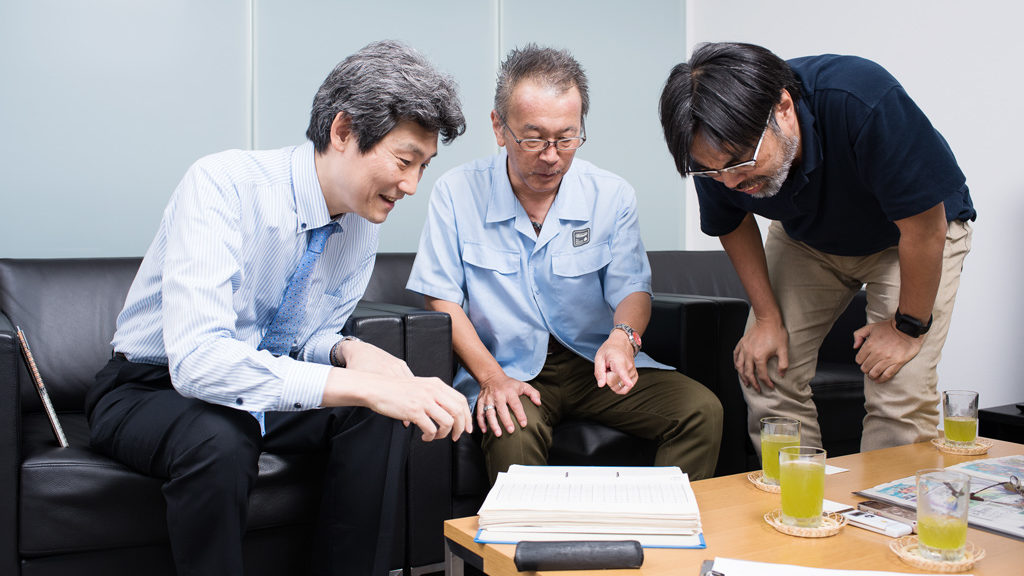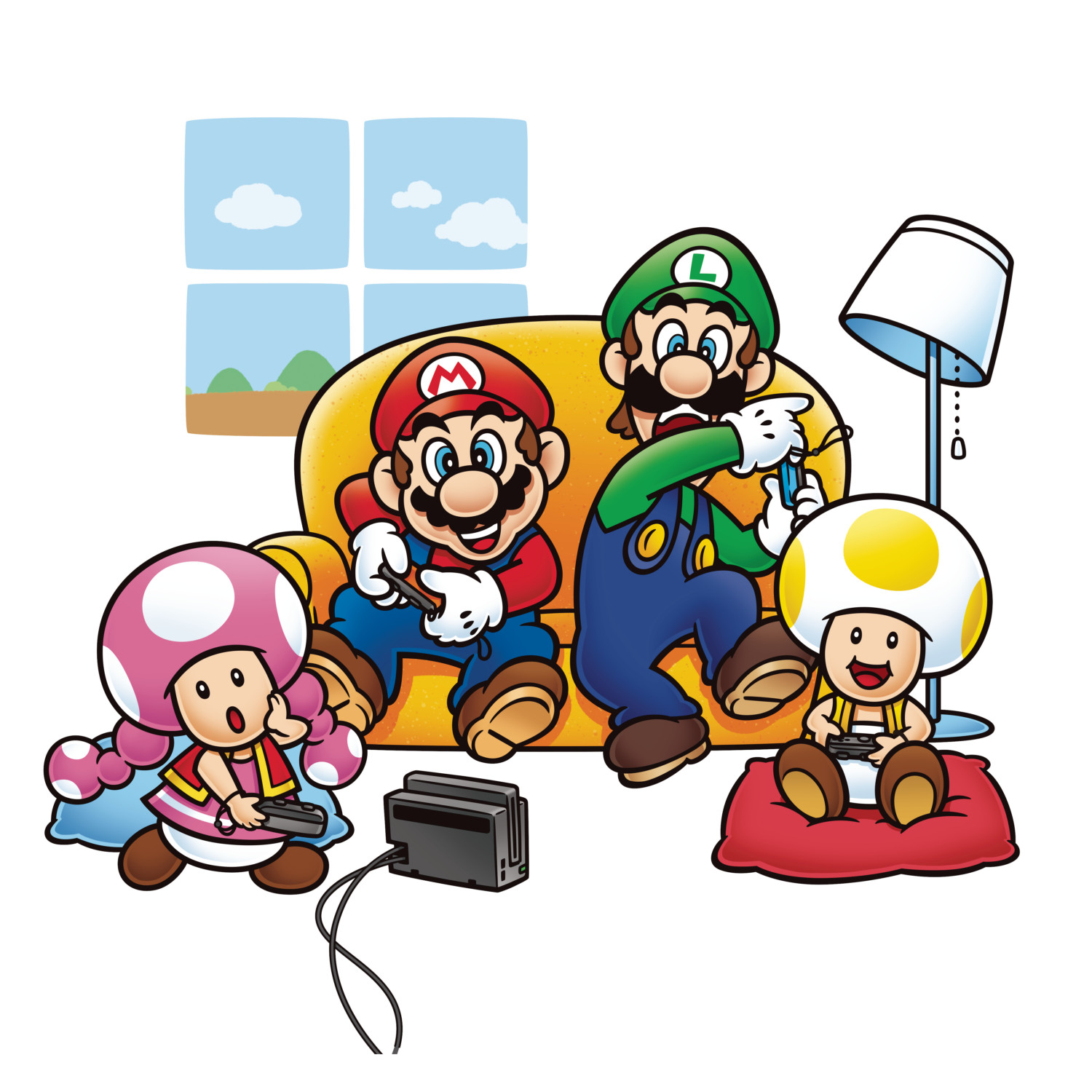
SNES Developer Interview: Captain Falcon Designed to be the Face of SNES, F-ZERO Inspirations
In the second volume of SNES Classic Edition Developer Interview (Link), Kyoto writer Akinori Sao continued the interview with Kazunobu Shimizu, Yasunari Nishida and Takaya Imamura, this time covering the F-ZERO game that first appeared on the SNES.
One of the interesting things covered in the interview was how F-ZERO came about. The game apparently came about after series director, Shimizu, was told that his hard work for Famicom Grand Prix: F1 Race’s sequel was uncool and will not sell in the Americas. Shimizu, then took inspiration from Batman and experimented with making the game cooler.
What kicked off development of F-ZERO?
Shimizu: The inspiration was Famicom Grand Prix: F1 Race3 for Famicom, a racing game from an overhead point of view. We made a sequel to that and showed it to staff at Nintendo of America, but they totally bashed it!You had put a lot of effort into it, but they didn’t like it.Shimizu: They were like, “This isn’t a racing game! Racing cars should be cooler!” They even said it wouldn’t sell, and that ticked me off!It awakened the fighter in you? (laughs)
Shimizu: Yeah. (laughs) I thought, “Well, if that’s what you say, then I’ll make something really cool!” And while I was in America, the movie Batman was a big hit.Imamura: The Batman movie directed by Tim Burton. That was released the year I joined Nintendo.Shimizu: During my stay in America, I bought a bunch of Batman comics and then came back to Japan. And that just happened to be when Nishida was experimenting with a racing game.
The interview also covered how some of the unique features of F-ZERO came about. Like the hovering cars in F-ZERO were a result of the development team removing the wheels as it was hard to make the wheels revolve.
Why did those develop into the F-ZERO racers of the future?
Shimizu: That was because a futuristic world like the one portrayed in the Batman movie was on my mind. However, having tires would have made things much more difficult.Nishida: With tires, we wanted to turn them, but that would have been challenging with the tech back then.Imamura: I was making pixel art for the cars one by one. What’s more, I had to create them in different patterns when they’re seen from various angles. The total number of frames for that alone was staggering!
Shimizu: Nowadays, we could just create polygons and rotate those, but back then we still couldn’t use them.
If you tried to make the tires move, the number of pixel images would increase much more.
Shimizu: Yes, drastically. But then we discovered how that wouldn’t be necessary if we simply removed the tires. (laughs)Imamura: So we decided to lose the tires and have the racers hover. (laughs)
Shimizu: After all, the game is set in the future! (laughs)
However, perhaps the most startling piece of discovery from the interview was that Captain Falcon from the F-ZERO series was initially designed to be the mascot for the SNES.
Changing the topic, I’d like to ask about the characters. Captain Falcon and other characters don’t appear in gameplay, so how did they come about?
Imamura: I remember we started thinking about various things after the game was complete.You didn’t think about characters at all during development?Imamura: No. Captain Falcon was originally the mascot character for Super NES.
What?!
Shimizu: That statement is a bit shocking, isn’t it? (laughs)Yes! (laughs) I’ve never heard that Captain Falcon was the mascot for Super NES.
Imamura: Even most people at Nintendo don’t know that. When development of F-ZERO was almost complete, I was doing a bunch of illustrations and someone expressed a desire to make a mascot character for Super NES, with a name like Captain Something.Captain Something? (laughs)Imamura: So I started thinking about a character who would match the colors of the Super Famicom controller, with some red and blue and yellow.
With all these tidbits, it was certainly an interesting development. You can read the full interview here.
